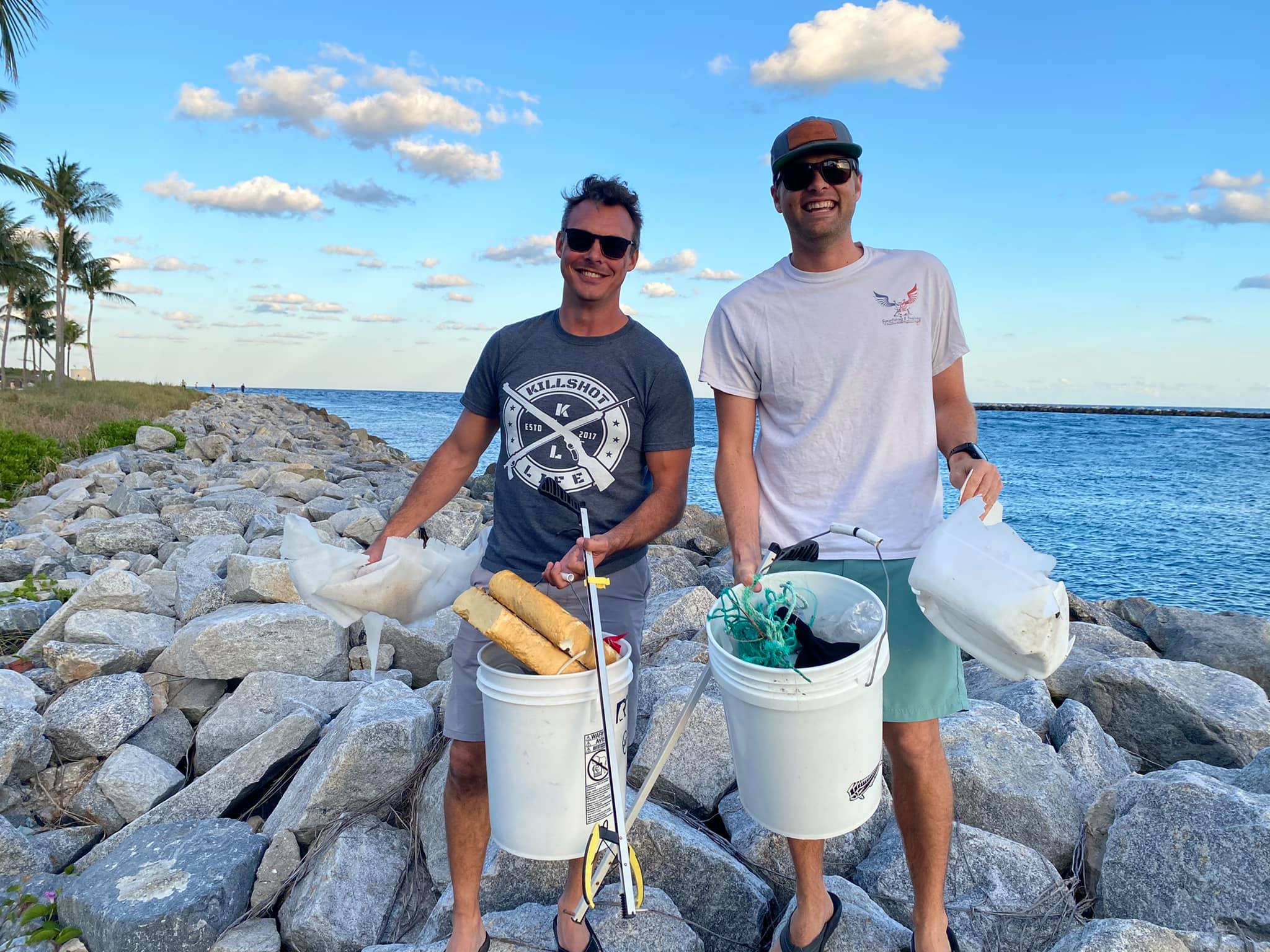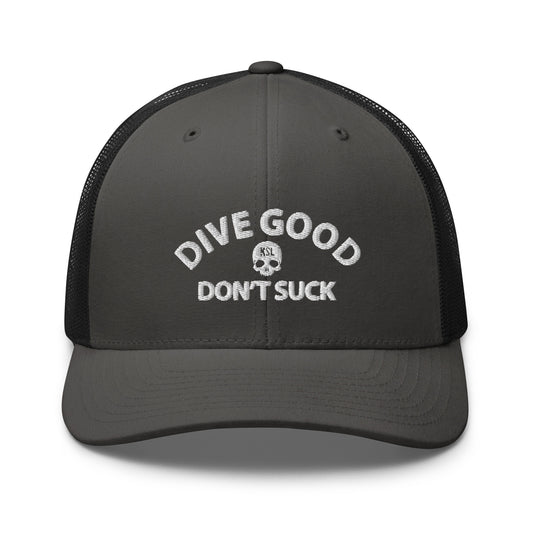How To Ikejime: Elevating Fish Quality, Humanely
Share

Ikejime, a traditional Japanese fish harvesting technique, has gained international recognition for its remarkable benefits to both the quality of seafood and the sustainability of fishing practices. Also known as the "spike and bleed" method, Ikejime involves the humane and precise killing of fish to preserve their freshness and flavor. Here we explore the Ikejime technique and the myriad benefits it provides to fish, fishermen, and seafood enthusiasts.
The Ikejime Technique
Ikejime involves a precise and swift process that ensures the immediate death of the fish while minimizing stress and damage to the flesh. The key steps in the Ikejime technique are as follows:
- Stunning: The first step is to immobilize the fish, which is often achieved by a quick blow to the head or by inserting a thin spike into the brain. This process renders the fish unconscious and painless.
- Bleeding: After stunning, a spike is inserted into the fish's brain, targeting the spinal cord and vital organs. This ensures the rapid and complete bleed-out of the fish. Bleeding is crucial as it helps remove lactic acid and other stress-related compounds, improving the taste and texture of the fish.
- Chilling: The fish is immediately placed in an ice slurry or cold water to rapidly lower its body temperature, further enhancing its quality and preventing bacterial growth.
Benefits of Ikejime
- Enhanced Flavor and Texture: Ikejime's immediate and humane killing of the fish preserves the integrity of its flesh, resulting in superior flavor and texture. The absence of stress-induced chemicals and the rapid bleed-out process reduce the fishy odor and fishy taste commonly associated with seafood.
- Prolonged Freshness: Ikejime extends the shelf life of fish significantly. By removing blood and reducing the growth of spoilage bacteria, the fish remains fresher for a longer time, both in restaurants and on supermarket shelves.
- Reduced Post-Catch Stress: Fish caught using the Ikejime technique experience minimal stress and trauma, resulting in less muscle tension and rigor mortis. This contributes to the fish's superior tenderness and flavor.
- Economic Benefits: High-quality fish fetch better prices in the market, benefiting both fishermen and consumers. Ikejime allows fishermen to command a premium price for their catch, improving their livelihoods.
- Ethical Considerations: Ikejime aligns with ethical principles by promoting humane treatment of fish. It minimizes suffering and ensures that the fish meet a quick and painless end.
Popular Variations of Ikejime
Several variations of the Ikejime technique have developed over time, each tailored to different types of fish. For instance:
- Iki-Jime: This variation is used primarily for larger fish, such as tuna and swordfish. It involves severing the spinal cord with a specialized tool, ensuring rapid and efficient bleeding.
- Shinkeijime: Commonly used for small, slender fish like mackerel and sardines, Shinkeijime focuses on stunning the fish and severing specific blood vessels to facilitate bleeding.












